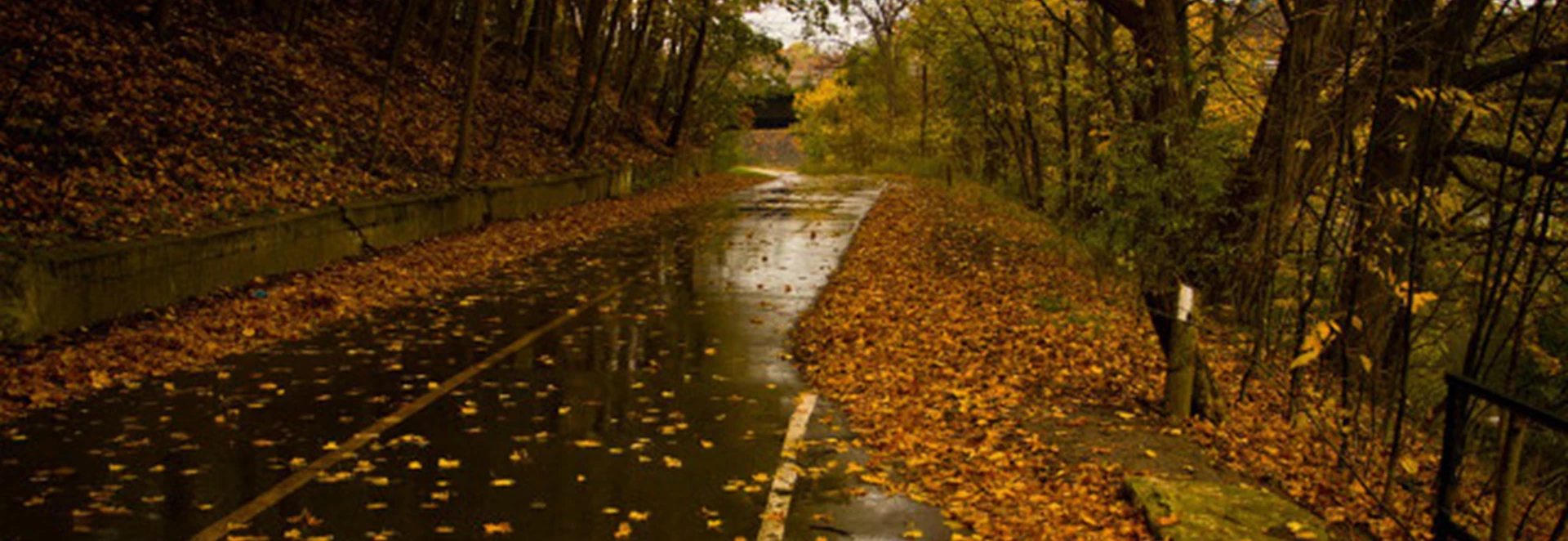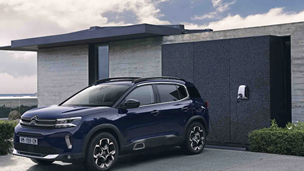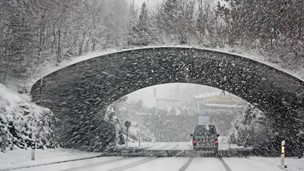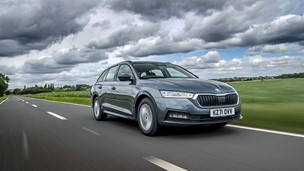Getting used to driving during the autumn season can be somewhat jarring, particularly early on.
That’s because the season immediately follows the summer where not only the weather and temperature is dramatically different, but so are the road conditions and some of the challenges faced.
Having plans in mind to adapt you’re driving for the autumn months is really useful, since this time period can bring about various driving hazards you likely haven’t faced for a while. If you’re still an inexperienced driver, then autumn conditions may be something you’ve not really dealt with before.
Here we provide some safe driving tips on how to deal with the various challenges that are likely to crop up when driving during autumn.
Driving in Rain
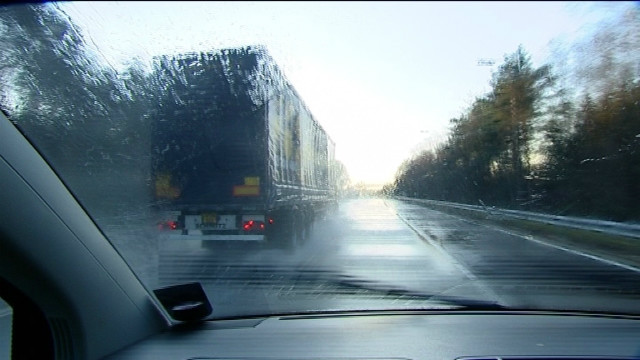
Once the autumn weather really kicks in, you can expect there to be plenty more driving experiences in the rain than endured during the spring and summer months.
For that reason, there are several components on your car which would be worth checking just before the start of autumn, to ensure your vehicle is prepared for the days ahead.
Your windscreen wipers may need renewing, since they usually last about two years before they become worn out. It’s also worth checking the tyres are up to scratch. At least 3mm of tread on your car’s tyres are preferable for winter motoring. If the tread is lower than this, you should think about buying new tyres before the cold weather really sets in.
What about driving tips when it’s raining in autumn? Generally, you should be fine as long as you are more cautious and brake earlier at turns and junctions than you did during warmer and drier spring and summer days.
It’s also important to give yourself plenty of space to any cars in front, particularly on dual carriageways and motorways, because of the increased stopping distance when braking and the spray other cars will produce from behind, affecting visibility.
In autumn, the road may not only get wet but get covered in leaves too and a large enough patch of these can be just as dangerous to drive on as standing water. Take care and keep your speed low if you approach a road that’s covered in a lot of leaves, particularly if they’re wet.
For more on driving in the rain, here's our guide on five things to absolutely avoid while doing so.
Driving in the Dark

During the autumn in Britain, the end of British Summer Time takes place, which means the clocks are turned back one hour and there’s less daylight during each day.
Most people commuting to and from work in their car will be travelling in the dark during this time, so being ready for plenty of night time driving is essential. Before the British Summer Time ends then, it would be worth checking that the bulbs in your headlights and taillights are still functioning ok, as they may not have gotten much use in recent months.
Like with driving in the rain, a cautious approach when you’re dealing with corners, junctions and other nearby cars should keep you safe, but take extra care to look out for pedestrians. They’re easy to spot if they happen to be wearing high-visibility clothing, but many of them probably won’t and you never know if one of them will emerge from a dark corner to cross the road.
During the dark autumn mornings and evenings, it’s not just limited visibility you’ll have to deal with. The cooler temperatures mean that on some days, frost is likely to emerge on your car and it will need clearing. Stock up on antifreeze and make sure you have some spare for the winter months that will follow in the not-too-distant future.
Driving on Ice
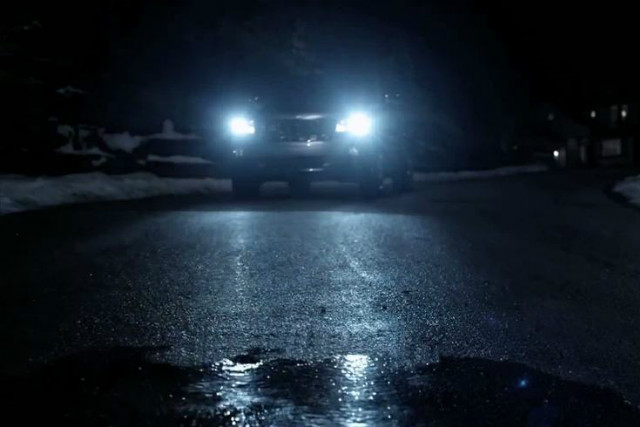
This is a problem more likely to be encountered in the winter, but even on some days in autumn you may find that the road you’re on is icy.
Icy roads have even less grip on offer than wet roads and it’s not hard to end up with the wheels of your car slipping and sliding if you brake too harshly or take a corner to aggressively.
An even more cautious approach to driving then is warranted, even when compared to wet weather driving. Watch out for black ice on the road as well, which can be tricky to spot particularly at speed but it can also make the steering and brakes practically useless while you go over it.
Braking Distance On Ice
Braking distances on ice can be something which can catch drivers out because of how much larger they are compared to other conditions.
Compared to a dry road, stopping distances on an icy road are about ten times longer. This alone emphasises how important it is to be gentle with your acceleration and manoeuvres and why you should keep plenty of distance to other cars in front.
